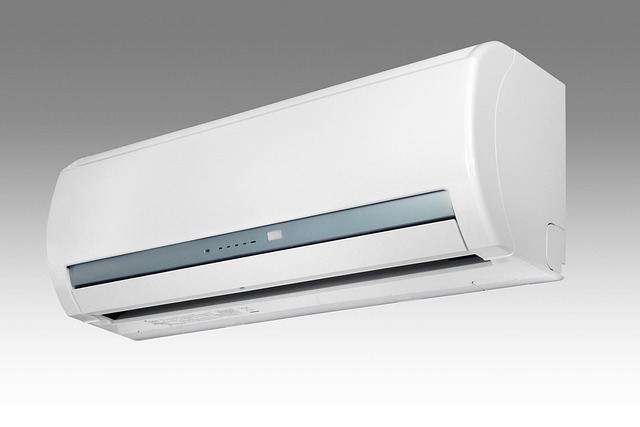Reimagining VR: The Rise of Standalone Virtual Reality Headsets
Introduction: Virtual Reality (VR) has been a tech buzzword for quite some time, but its widespread adoption has been hampered by the cost and complexity of the hardware. The landscape, however, is shifting with the advent of standalone VR headsets. Let's delve into the history, the current trends, and the potential these devices hold for transforming the VR experience.

The Journey of VR Headsets: From Tethered to Standalone
The first generation VR headsets, like the Oculus Rift and HTC Vive, were tethered devices that required a high-end gaming PC for power. Despite their immersive experience, these models were expensive and complicated to set up, limiting their appeal to the mainstream audience. However, the development of standalone VR headsets, which are self-contained units with built-in processors, has marked a significant step towards making VR more accessible and affordable.
The New Players in the Game: Oculus Quest and HTC Vive Focus Plus
The Oculus Quest and the HTC Vive Focus Plus are two major standalone VR headsets that have recently hit the market. These devices offer six degrees of freedom (6DoF) tracking, allowing users to move around in virtual space without any external sensors or wires. With prices starting at around $400, they are considerably more affordable than their tethered counterparts.
The Market Impact: A Game Changer for VR Adoption
The introduction of standalone VR headsets is likely to drive the growth of the VR market. According to a report by Market Research Future, the global VR market is expected to reach $101.2 billion by 2027, with standalone VR headsets contributing significantly to this growth. The affordable price tag and ease of use of these devices are making VR more appealing to the consumer market.
The Future of Standalone VR Headsets: Wireless and More
The future of standalone VR headsets looks promising. With advancements in technology, we can expect these devices to become lighter, offer better resolution, and provide longer battery life. Furthermore, the incorporation of wireless technology could enable these headsets to connect with gaming consoles and PCs, thereby enhancing their versatility and appeal.
Wrapping Up: The Dawn of a New VR Era
Standalone VR headsets are redefining the VR landscape by making the technology more accessible and affordable. While there are still challenges to be addressed, the progress made so far indicates that we are on the cusp of a new era in VR, where high-quality, immersive experiences are within reach of the average consumer.
In conclusion, the rise of standalone VR headsets marks a significant milestone in the evolution of VR technology. It signifies a move away from the traditional, cumbersome, and pricey VR setups towards more user-friendly and affordable alternatives. As these devices continue to improve and evolve, we can expect to see a surge in VR adoption, ushering in a new era of immersive entertainment and applications.




